What to See in Germany
Buffalos on the Rothaarsteig
If you are going to take on the Rothaarsteig in central Germany anytime soon, you must not miss this: for the first time in hundreds of years, buffalos will again roam the forests of Europe – south of Kühhude (Bad Berleburg), alongside Stage 4 following the Rothaarsteig in a north-south direction.
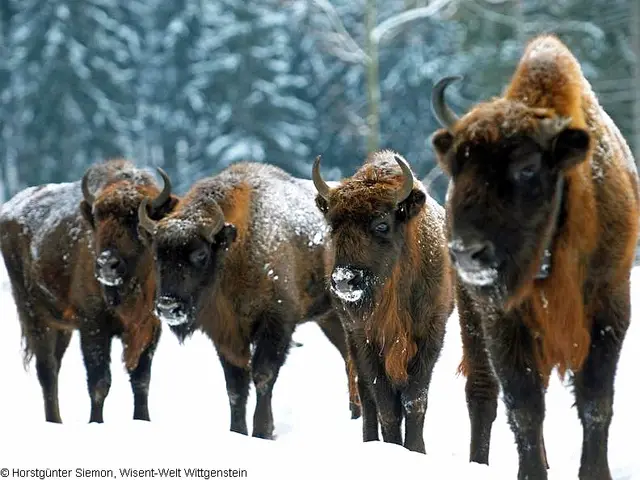
www.rothaarsteig.de www.kappest.de www.boconcept.de www.tatonka.de
European buffalos have been living in the Rothaar Mountains for several years, but exclusively in an enclosure called “Wisent-Welt” (“Wisent” is what the European Bison is called in German).
On April 12, some of them were released and are now free to roam –although, for the first few weeks, hikers will have no access to the “transitional area” of 88 hectares where the herd – one bull, five cows and two calves – will be gently prepared for their new lifestyle.
Once the animals have settled in, the fences will be gradually removed. The organizers hope that the herd will eventually increase to a size of around 25 animals.
At one stage, the entire European wisent population was down to about 25 cows and 25 bulls.
“Wisents” are the largest land animals in Europe – and essentially as peaceful as domestic cattle. Which is a good thing, because adult males can reach a shoulder height of about 2 metres high and weigh up to one ton. Only 4000 of these “European buffalos” are still left – and that after decades of wildlife conservation. At one stage, the entire European wisent population was down to about 25 cows and 25 bulls.
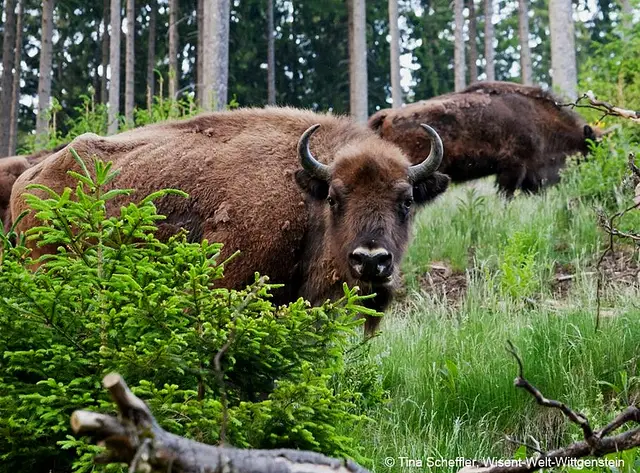
www.rothaarsteig.de www.kappest.de www.boconcept.de www.tatonka.de
Spotting wisents along the Rothaarsteig will not be easy, considering their small number and the relatively large area they have at their disposal.
So, for all of those hikers who are not lucky enough to catch a glimpse of the herd in the wild, there is still Wisent-Welt where, for the time being, those animals that were considered not quite ready for a life in freedom continue to live in their 20 hectare preserve.
The park is closed on Mondays and charges an entrance fee of €4.50. You can find more information – in German – here.

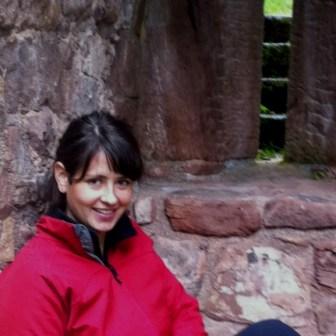
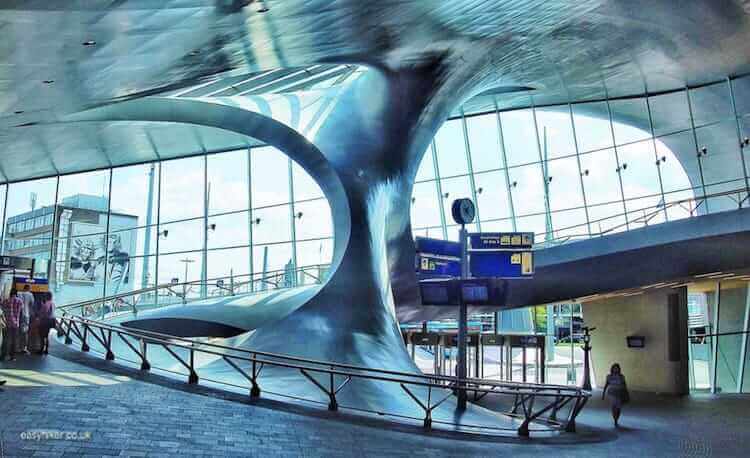
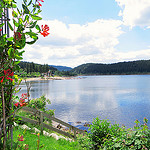
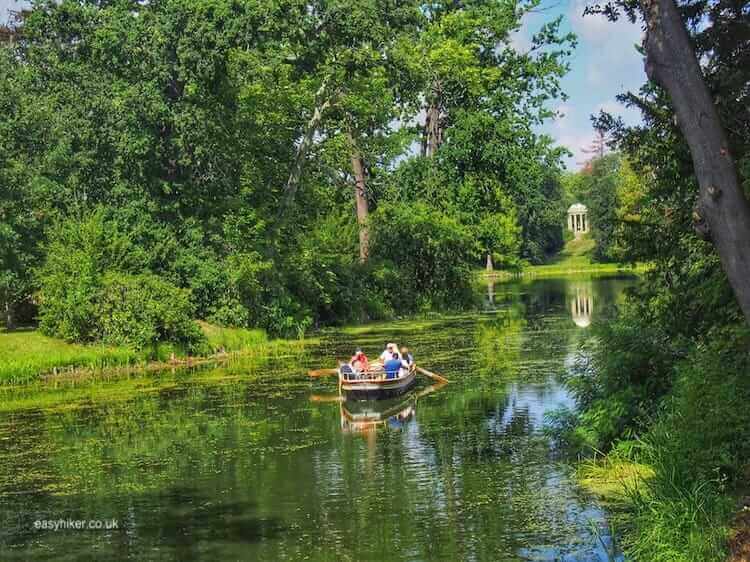

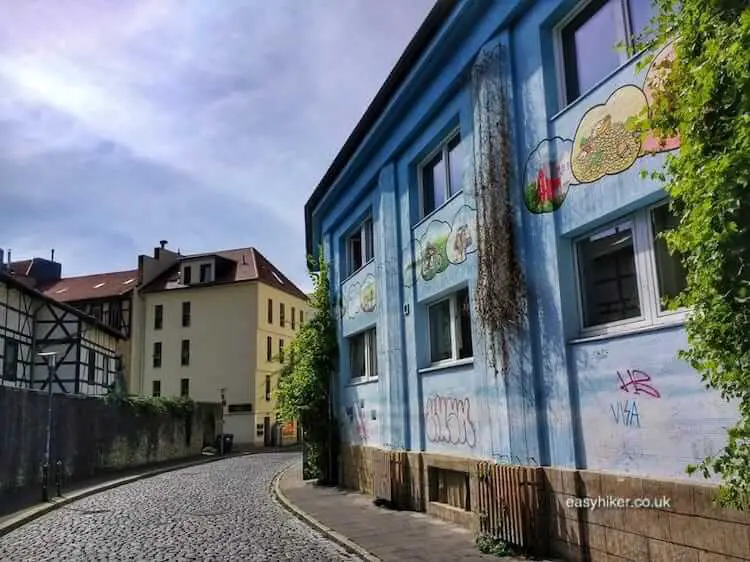
Such an amazing greeting to the spring with these breathtaking and adorable shots! I like buffalos so much! Thanks you!
Those are some skinny looking buffalo but I guess I’m used to (ok – occasionally) seeing the much larger North American version. I had no idea they once lived in Germany.
What an experience it would be to see these buffalos while hiking. I didn’t know about these European buffalos too. Wishing them much success with their conservation. I’ve seen the bison at Yellowstone here in the US and they’re such majestic animals but known to be a bit more aggressive.
We’re all hoping they would, Niall. Thanks for dropping by!
I hope they thrive in the wild!
http://www.skihikebike.com
Oh give me a home, where the buffalo roam…I had no idea there were buffaloes in Europe either. Very beautiful animals. Never imagined there were some in Europe though.
Hahaha, an understandable reaction, Ted.
American buffalo are not so peaceful. Every park in the U.S. that has buffalo has signs warning not to get to close. Apparently American buffalo have taken offense that millions of their ancestors were systematically wiped out hundreds of years ago and are not afraid to take it out on camera toting tourists who get too close.
I didn’t know about buffalo in Europe either. I love the way they look in the snow.
I had no idea either, at least not that they had existed here so recently that these sort of statistics could have been produced. This is fascinating. Crossing fingers that the experiment is successful.
I hope so too, Marcia.
Yes, it is good news, Ariel. I agree that the bison should not be allowed to go extinct. I’m hoping they’ll find a way to accommodate them in a special region, the way they do now in Germany for the “Wisents”.
I was wondering if the buffalos are the same as the bisons in the US. The bisons are being brought back “home” to their home in Montana but the move is being met by stiff opposition from horse and cattle ranchers who see the bison as competition for grass. American Indians who have strong cultural ties with the bison and see its near extinction as similar to their plight are up in arms against the ranchers. It is nevertheless good to know that even in Europe, the buffalos are being returned “home.” Thanks for the info.
I didn’t realize there had been buffalos in Germany. These look taller and thinner what I’ve seen in Africa and different from American buffalos. Interesting that they’re so docile. I hope their conservation efforts are successful and the herd grows.